These days we've all become connoisseurs of clean. Constant reminders to wash our hands are everywhere even if soap products are sometimes lacking on store shelves. Historically, Chicago was no stranger to the encouragement of cleanliness, and meatpacking giant Armour & Company led the way.
"They use everything about the hog except the squeal." This phrase was popularized in Upton Sinclair's 1905 novel about Chicago's Stockyards, The Jungle. During that decade, Armour had about 8,700 workers at its Union Stock Yards plant, where the animal byproducts included meats, glue, oil, fertilizer, hairbrushes, buttons, oleomargarine, drugs and soap. No doubt, a long day at the slaughterhouse would be cause to get worked up in a lather, even if you worked in the soap division, where tallow—the substance produced from animal fats—was used in the manufacture of bar soap.
A customized sales catalog from around 1910 with hand-colored photographs provides a glimpse of Armour's bar soap offerings over the years. As with today, many of the products catered to our desire to smell good and have smooth skin free of blemishes. Once widely known as "toilet soaps," scented bath bars featured popular fragrances like lilac or natural ingredients like buttermilk or essential oils like benzoin. However, carnation and witch hazel scents and the benefits of "tar" (pine or coal tar) as an active ingredient are less common now. Our current impulse to tie products with popular culture was also used as a marketing ploy by Armour. Its Savon Mucha soap line used packaging designed by the renowned Art Nouveau artist Alphonse Mucha, and the Auditorium Bath Soap likely refers to Chicago's Auditorium Theatre, designed by Adler and Sullivan, where well-groomed locals cleaned up for opera and other entertainments.
This recently acquired catalog joins the Trade Catalog Collection, which has historical resources on products from hundreds of Chicago's businesses, at Harold Washington Library Center's Special Collections.

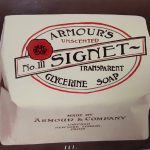
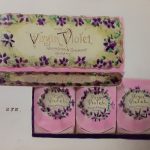

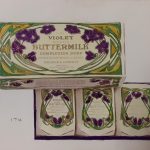
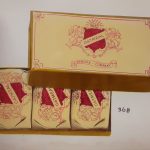
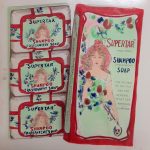
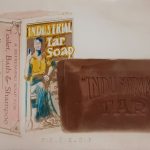

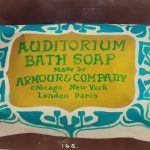

Add a comment to: Soap Opera: Chicago’s Meatpackers Created Bath Products